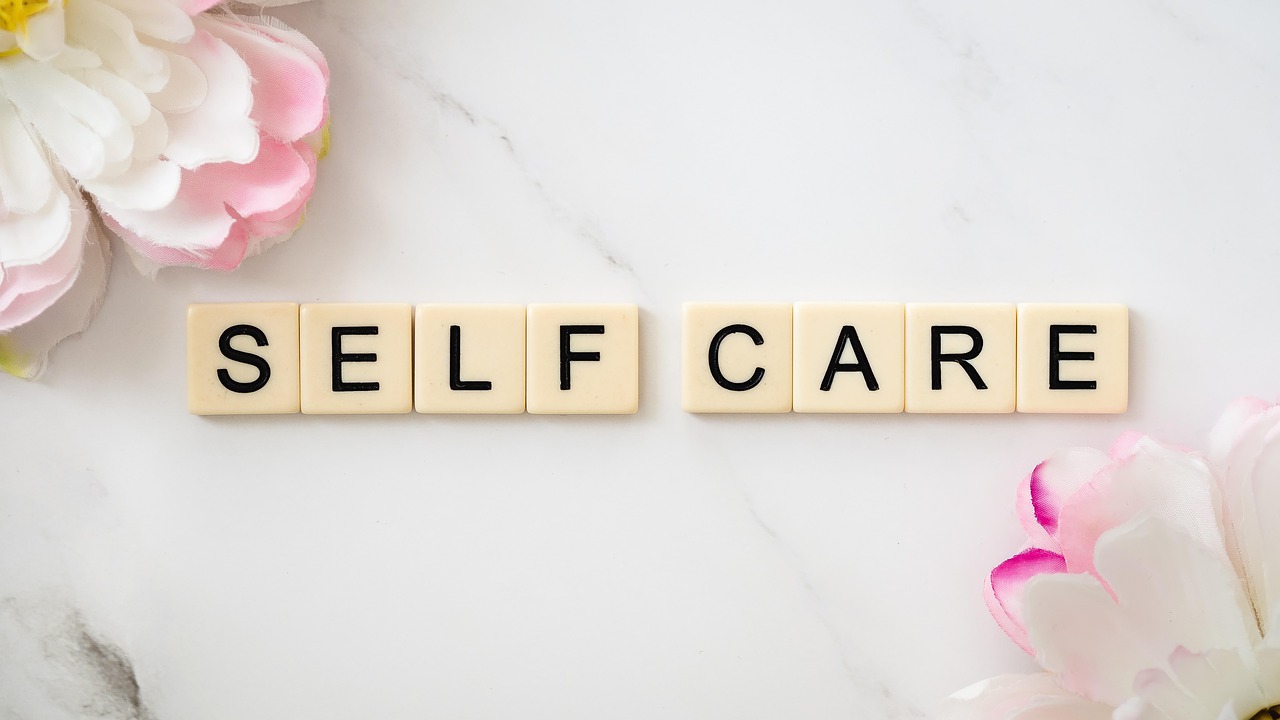Global Education Summit Spotlights Teachers’ Role In Student Mental Wellness

Strong 8k brings an ultra-HD IPTV experience to your living room and your pocket.
Have you ever wondered what a student’s silence, sudden outburst, or slipping grades might be telling you? In today’s classrooms, mental health challenges are more present than ever. Students are not just managing academic expectations. Many are quietly navigating anxiety, depression, trauma, and emotional fatigue. As a teacher, you may be one of the first trusted adults to notice when something feels off. But seeing is only the first step.
According to insights shared at an education conference in Dubai, equipping teachers with mental health awareness is crucial. Understanding how emotional struggles show up in school settings—and knowing how to respond—can help you become a steady source of support in a student’s life.
This guide shares expert-backed insights from leading global events such as the Education 2.0 Conference to help you create a more emotionally safe and responsive classroom while protecting your well-being. Let us take a look!
Recognizing Mental Health Issues In The Classroom
Mental health issues do not always appear the way you might expect. In schools, they often manifest as behavioral changes, emotional withdrawal, or a decline in academic performance. Experts at an education summit emphasized the importance of early recognition. Here are a few signs to look out for:
- A once talkative student suddenly becomes quiet and disengaged.
- A noticeable drop in grades or focus.
- Frequent absences or requests to leave class.
- Irritability, defiance, or emotional outbursts over minor issues.
- A student who seems overly tired, anxious, or fearful.
These behaviors may point to underlying issues such as anxiety, depression, trauma, or stress-related disorders. Recognizing them does not mean diagnosing. It simply means being aware and ready to respond in a supportive way.
Understanding The Pressure Students Face
Students today are growing up in a world filled with constant comparison, academic pressure, and uncertainty. According to child psychologists, educators, and experts at leading events such as the Education 2.0 Conference, the rise in anxiety and depression among school-age children is linked to a range of stressors. These may include social media, family dynamics, peer conflict, or internalized expectations.
When students feel overwhelmed, it can impact their learning and their ability to connect with peers. As a teacher, your support helps create a kind of safe and predictable environment that builds stability and trust.
Sometimes, this means offering a quiet moment. Other times, it means showing that someone is paying attention.
How Teachers Can Support Student Mental Health
You do not need to be a counselor to make a meaningful difference. Small, intentional actions in your classroom can help students feel supported and safe. When students feel emotionally grounded, they are better able to learn, connect, and thrive.
According to experts at a leading education summit, teachers play a critical role in early intervention and emotional safety. The following strategies are evidence-informed and recommended by educators and school mental health professionals. They are practical and easy to implement in everyday school settings.
1. Build Safe & Predictable Routines
Students often feel more secure when they know what to expect. A consistent classroom routine can help ease anxiety and keep students grounded. Predictability allows students to focus more on learning and less on coping with uncertainty.
Start-of-day rituals, clear instructions, and calm transitions help build emotional safety. Even small cues, such as visual schedules or consistent language, can help students feel more in control.
2. Normalize Conversations Around Emotions
Talking about emotions should be as natural as reviewing a lesson. Invite students to check in about how they are feeling. Use simple tools, such as mood charts, feeling wheels, or brief journaling, to open the door to emotional awareness.
Let students know that emotions are not problems to hide. When you model emotional openness, students are more likely to discuss their experiences.
3. Watch For Warning Signs Without Jumping To Conclusions
Mental health issues do not look the same for every student. Some may act out, while others go quiet. Watch for consistent changes in behavior, attention, or engagement that feel unusual for that student.
When something seems off, try checking in with empathy. A simple "I have noticed you seem a little different lately. Want to talk?" can show that you care without putting pressure on them.
4. Create Calm Spaces Or Coping Corners
A quiet space in the classroom gives students a place to take a breath and reset. This does not have to be elaborate. A corner with soft lighting, calming visuals, or a few self-regulation tools can be enough.
Let students know they can use the space without judgment. Providing them with tools to self-regulate is more supportive than removing them from class or using disciplinary measures.
5. Encourage Peer Support And Kindness
Students often feel more comfortable opening up to one another. Create moments in your classroom that encourage connection, teamwork, and empathy. This could be through partner activities, peer mentoring, or classroom discussions that highlight kindness and respect.
Building a culture of compassion helps all students feel a sense of belonging and connection. A sense of belonging acts as a protective shield for mental health and helps lessen feelings of isolation.
Building Mental Health Support Into School Culture
Mental health support is most effective when it becomes an integral part of everyday school life. According to global education summit experts, students are more likely to thrive emotionally when the entire school community is involved. This includes teachers, staff, and leadership collaborating to build a culture of empathy and psychological safety.
This shift does not require significant changes. It can begin with small steps, such as using inclusive language, offering emotional check-ins, and setting clear expectations for respectful behavior. When schools encourage open conversations about mental health, students recognize that it’s safe to express their emotions and seek help. These daily habits build trust and create an environment where every student feels recognized, supported, and valued.
Wrapping Up!
Mental health shapes how students learn, engage, and connect with the world around them. As an educator, your role goes far beyond academic instruction. You are a steady presence in students' lives, often seeing what others might miss.
By identifying early signs, practicing trauma-informed strategies, and helping build a supportive school culture, you become a powerful force in your students’ emotional development. According to experts at global events such as the Education 2.0 Conference, a leading education conference in Dubai, empowering teachers with mental health awareness can transform the classroom into a space of resilience and growth.
Each consistent routine, kind check-in, and considerate reply contributes to a classroom environment where students feel comfortable being themselves. Your efforts, though sometimes quiet and unseen, leave a lasting imprint on their well-being.
Note: IndiBlogHub features both user-submitted and editorial content. We do not verify third-party contributions. Read our Disclaimer and Privacy Policyfor details.







